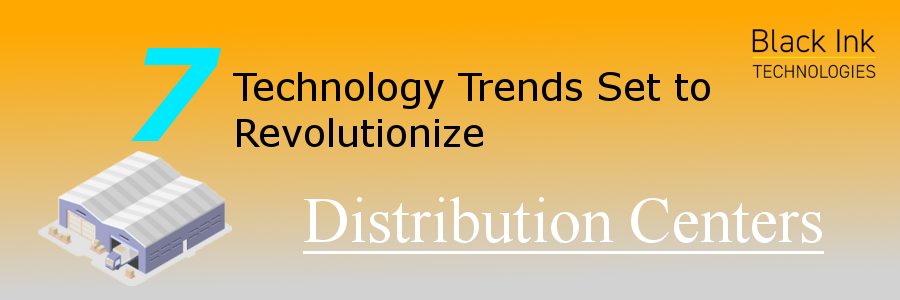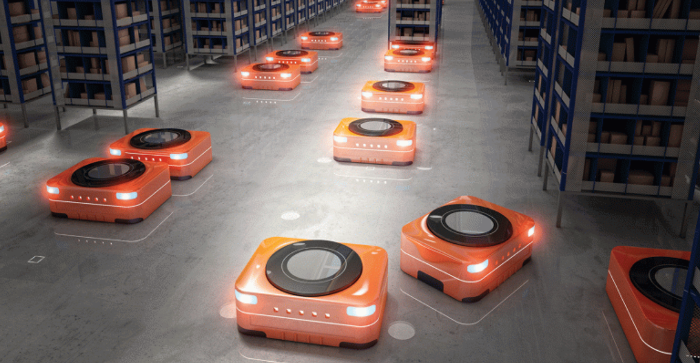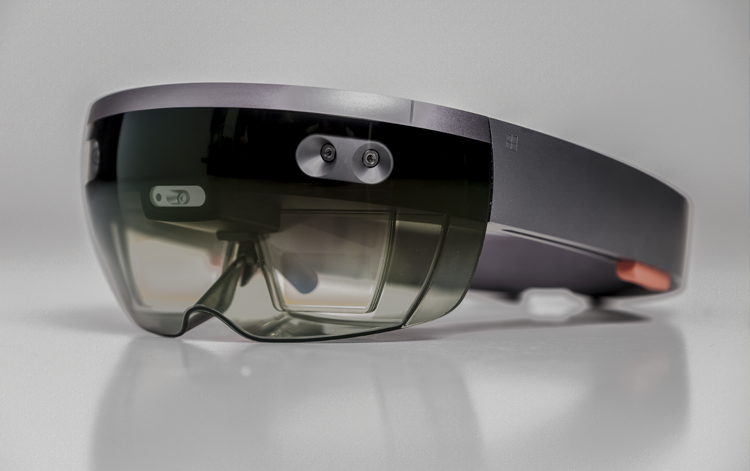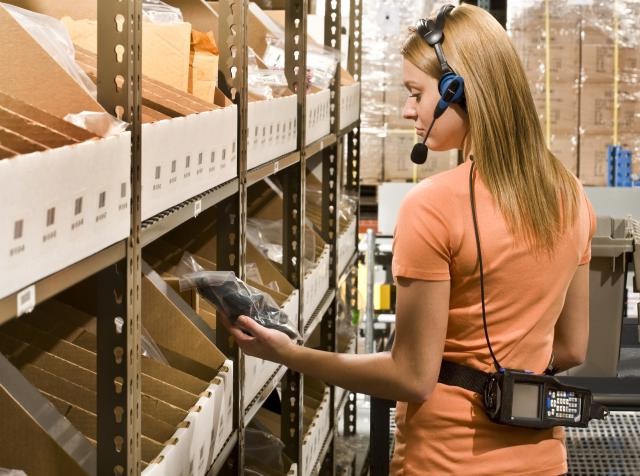7 Technology Trends Set to Revolutionize Distribution Centers
by Black Ink Team

Things are becoming more technologically advanced seemingly by-the-hour these days, and distribution centers are no exception. Before we examine the most important innovations currently affecting distribution centers, though, let us first dispel a common misconception, which is that distribution centers are the same thing as warehouses. That assertion could not be any further from the truth.
Imagine that instead of manufactured goods being distributed to end users, we were talking about paintings being painted by a painter. The painter’s supply closet would be similar to a warehouse - it’s suited for long-term storage of bulk materials but is less than ideal for rapid deployment. The painter’s palette would be analogous to a distribution center - it facilitates rapid mixing and deployment of materials in small quantities. Painters use palettes because it would stymie them to have to reopen large containers of paint over and over, and enterprises utilize distribution centers because it would be inefficient for them to over-consolidate their assets.
A single warehouse stores only a few different products and has a limited amount of shipments arriving/leaving each day, whereas a single distribution center stores a large variety of products and has shipments constantly coming/going. Naturally, the two are designed and managed differently. Warehouses are optimized for maximum storage space and, depending on the fragility of the product, have closely monitored environments. Distribution centers are designed from the ground up to make it as easy as possible for the operators working in them to mix and disperse products.

Logistically speaking distribution centers can be a handful, with their high volume and velocity of complex orders. Thankfully, distribution center management solutions exist to help make things run smoothly. In addition, on the customer/supplier side sales enablement tools such as CRM make the ordering process easier and more reliable, meaning fewer chargebacks and replacement orders have to get processed.
More good news, these seven technologies are set to streamline distribution centers further than ever before:
IoT
The Internet of things is exactly what it sounds like - interconnected objects that share information with each other. There’s a growing assortment of smart sensors that, when implemented in a distribution center, can make things run more smoothly. One example is RFID tags, which get attached to products or bins and can be scanned en masse. Another example of an improvement that the IoT can make to distribution centers is Pick-to-Light. Pick-to-Light is a system that simplifies the order picking process with electronic displays that tell operators which products to pick, how many, and the optimal route they should take.
Drones
Picking things up and moving them is a huge part of a distribution center worker’s day, but in the near future that will change. Thanks to advances in robotics, companies are building robots specifically designed with distribution centers in mind. Some can be as large as forklifts and can move hundreds of pounds, others are garbage-can-sized and are adept at scanning and counting inventory. Flying distribution center drones, enabled with ‘computer vision’ to navigate indoor spaces on their own, are hitting the market too.

Smartphone apps
Nothing is more convenient than a smartphone app. Companies are releasing apps that cater to distribution center workers and managers alike, from barcode-scanners to activity trackers. Coupled with the aforementioned RFID chips, a smartphone app can tell an operator which bins are empty, which shipments are coming in that day, and which stations are currently being used. With millennials entering the workforce in droves, smartphone apps for distribution centers are a no-brainer.
Wearables
No matter how smart distribution center robots become, there will always be a need for humans to walk the stacks and make judgement calls. For making that job easier, there are smart glasses - glasses fitted with cameras and holographic screens that can read barcodes and display useful information. Also, smart watches and bracelets can make it easier for managers to track their employee’s activity and whereabouts.

Blockchain
Blockchain is a system for creating distributed ledgers – so it is only natural that it will come to distribution centers. Instead of one central database, distribution centers using blockchain would have tens, hundreds, even thousands of computers housing their data all at once. When this gets implemented, it will make inventory reports easier to access and less susceptible to fraud. Plus, without a central database it will be virtually impossible for the distribution center to have to suspend operations because their server went down.
Voice Recognition
Sometimes, with hands-on tasks the best tool for the job is handsfree. Thanks to advancements in Natural Language Processing (NLP) - algorithms discerning what is meant when a speaker says something aloud - voice recognition is making its way to distribution centers. This can be accomplished either with portable devices that the operators carry with them or with parabolic microphones installed in the facility. Operators will be able to check off serial numbers, ask for manifest information such as quantities, or let a drone know where to bring a pallet.

Artificial Intelligence
Making a distribution center efficient takes a lot of brainpower. The layout of bins has to be routinely optimized, shipments need to be scheduled and rescheduled on-the-fly, and space on trucks has to be used to the fullest. All of these tasks and more quite possibly will be done by the push of a button one day, thanks to artificial intelligence. Additionally, AI may one day field calls from customers, salespeople, etc.
Independent retailers prefer distribution centers over warehouses because they only have to process one shipment in order to restock multiple orders. When OEM’s equip their distribution centers with some of these new technologies, they should make a note in their CRM so that their salespeople know to touch on that when they meet with customers.
